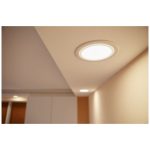LED Light Strips: A Simple Guide on How to Choose the Best Ones for Your Home
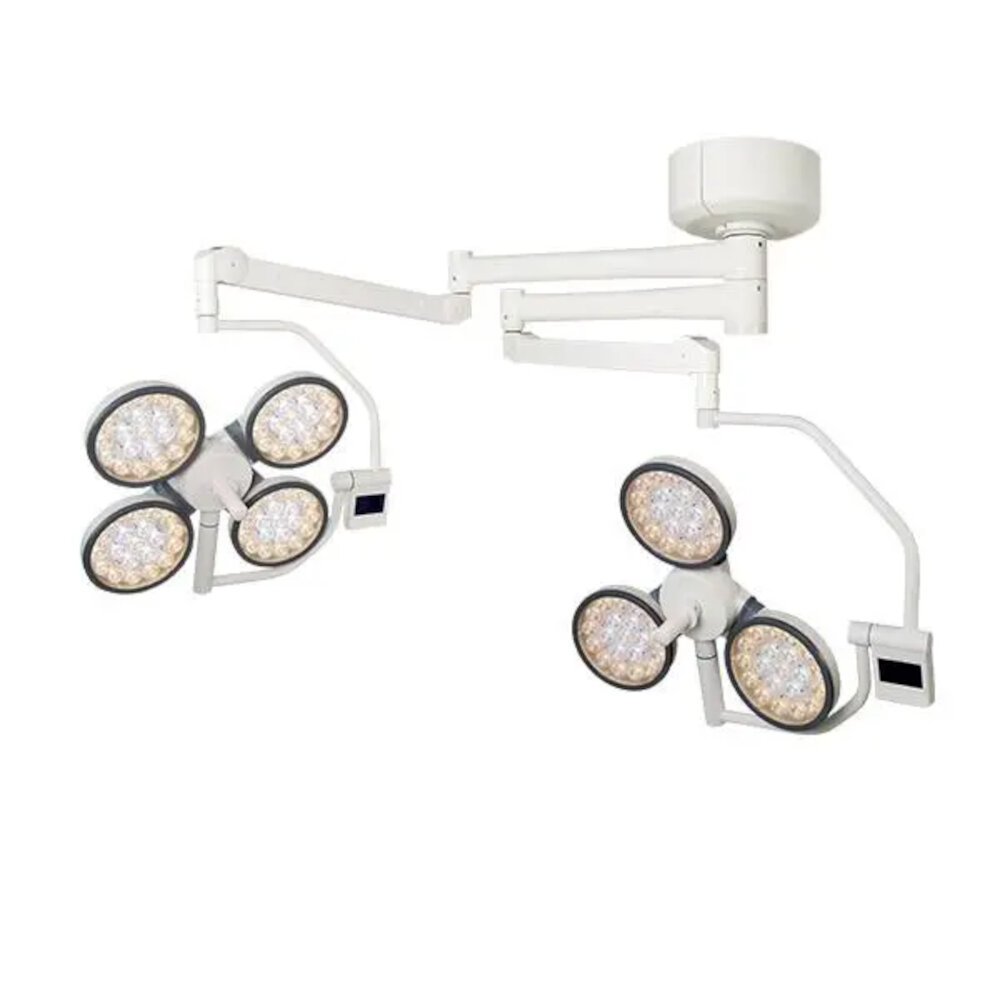
Lighting is an essential aspect of any home. It not only illuminates a space but also sets the mood and creates a cozy ambiance. With advances in technology, the options for lighting have expanded, and LED light strips are becoming increasingly popular. LED light strips are versatile lighting solutions that can be used for a variety of purposes, such as highlighting artwork, providing task lighting in the kitchen, or creating an atmospheric glow in the living room. However, with so many options available in the market, choosing the right LED light strips for your home can be overwhelming. In this article, we will provide a simple guide on how to choose the best LED light strips for your home. LED light strips come in a range of colors, brightness levels, and sizes. They are flexible and can be cut to fit any space, making them an ideal choice for both small and large areas. Additionally, LED light strips are energy-efficient and have a longer lifespan than traditional lighting solutions, making them a cost-effective choice in the long run. Whether you are looking to add a pop of color to your living room or create a relaxing atmosphere in your bedroom, choosing the right LED light strips can make all the difference. So, let’s dive into the factors you should consider when selecting the best LED light strips for your home.
Understanding LED Light Strips
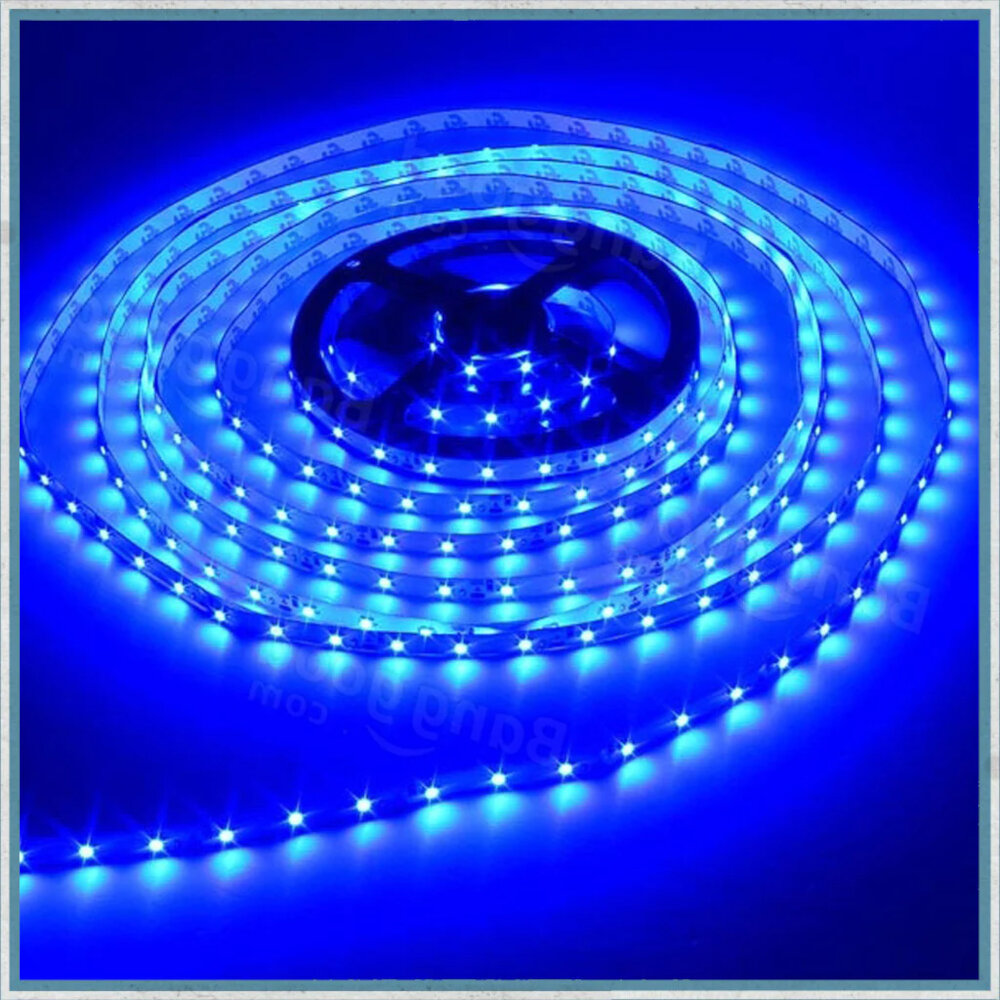
LED light strips are an innovative lighting solution that can add a touch of modernity and sophistication to any space. They are made up of a series of small LED lights that are placed on a flexible circuit board. LED light strips are becoming increasingly popular due to their energy efficiency, durability, and versatility. They can be used for a variety of purposes, such as highlighting architectural features, creating mood lighting, and providing task lighting. One of the main advantages of LED light strips is their energy efficiency. They consume significantly less energy than traditional lighting solutions, such as incandescent bulbs or fluorescent tubes. This not only reduces your energy bill but also helps to reduce your carbon footprint. LED light strips are also extremely durable, with an average lifespan of up to 50,000 hours. This means that you won’t have to worry about replacing them anytime soon. Another advantage of LED light strips is their versatility. They come in a range of colors, brightness levels, and sizes, which means that you can create a customized lighting solution that is tailored to your specific needs and preferences.
LED light strips are a versatile and energy-efficient lighting solution that can be used in a variety of applications, from accent lighting to task lighting. These strips consist of a series of small LED lights that are mounted on a flexible circuit board or tape, which can be cut to fit any length or shape. LED light strips are available in a range of colors, brightness levels, and color temperatures, making them ideal for creating mood lighting or highlighting specific areas in your home. They are also designed to be easy to install and can be powered by batteries or a plug-in adapter, making them a convenient and cost-effective lighting option. With their low energy consumption and long lifespan, LED light strips are an excellent choice for anyone looking to reduce their environmental impact or save money on their energy bills.
LED light strips work by utilizing light-emitting diodes (LEDs) that emit light when an electrical current is passed through them. The diodes are arranged in a strip or circuit board and are powered by a driver that regulates the electric current flowing through them. The LEDs used in light strips are small and efficient, producing a bright and energy-saving light that can be customized to various colors and intensities. The strips can be cut to size and attached to surfaces using adhesive backing, making them a versatile lighting solution for homes and businesses. With the ability to be controlled by remote or smartphone apps, LED light strips have become a popular choice for ambient lighting, accent lighting, and even task lighting.
LED light strips are an excellent addition to any home, offering numerous benefits. Firstly, they are highly energy-efficient, consuming less power than traditional lighting sources. This means lower electricity bills and a reduced carbon footprint. Secondly, LED light strips are incredibly versatile, as they can be used in a variety of ways to enhance the ambiance of any space. They can be installed under cabinets, along staircases, or even behind TVs and mirrors, adding a subtle yet stylish touch to any room. Additionally, LED light strips are long-lasting, with a lifespan of up to 50,000 hours, making them a cost-effective and sustainable lighting option. Finally, they are available in a wide range of colors and brightness levels, enabling you to create custom lighting solutions that suit your individual preferences and needs.
Factors to Consider When Choosing LED Light Strips
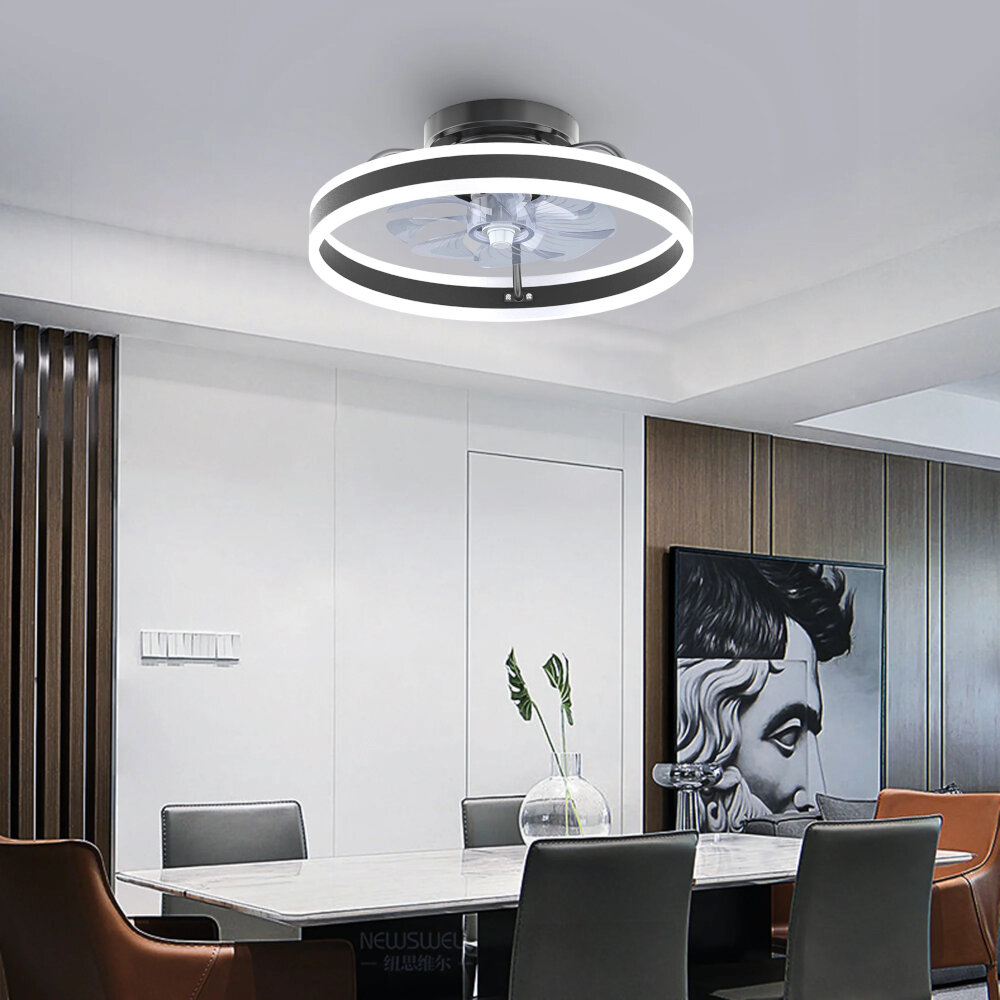
Choosing LED light strips for your home can be a daunting task, especially if you are not familiar with the different types and features available in the market. Therefore, it is essential to consider some factors before purchasing LED light strips. One of the most critical factors is the brightness of the LED light strips. The brightness of the LED light strips is measured in lumens, and it determines the amount of light emitted by the light strip. If you want to use the LED light strips for ambient lighting, then a strip with a lower lumen count will suffice. However, if you want brighter light, then you should opt for a strip with a higher lumen count. Another vital factor to consider when choosing LED light strips is the color temperature. Color temperature is measured in Kelvin and refers to the warmth or coolness of the light emitted by the LED light strips. A lower Kelvin rating means that the light emitted will be warmer, while a higher Kelvin rating will result in cooler light. If you want to create a cozy and warm atmosphere, then you should opt for LED light strips with a lower Kelvin rating. Conversely, if you want brighter and cooler light, then you should choose LED light strips with a higher Kelvin rating. By considering these factors, you will be able to choose the best LED light strips for your home.
Brightness is a crucial factor to consider when choosing LED light strips for your home. It refers to the intensity of light emitted by the LED strip, and it is measured in lumens. A high lumen count indicates a brighter light, while a low lumen count implies a dimmer light. The brightness you require depends on the purpose of the light strip. For instance, if you intend to use it for task lighting, such as reading, cooking, or working, you will need a brighter LED strip with a higher lumen count. However, if you want to create a relaxing ambiance or mood lighting, a dimmer LED strip with a lower lumen count will suffice. Therefore, it is essential to consider the brightness of the LED light strips to ensure you get the right amount of light for your intended use.
Color temperature is an important factor to consider when choosing LED light strips for your home. It refers to the hue of light emitted by the bulbs, which can range from warm to cool tones. Warm light, with a color temperature of around 2700K-3000K, gives off a cozy and inviting vibe perfect for living rooms and bedrooms. On the other hand, cool light, with a color temperature of around 5000K-6500K, creates a bright and energizing atmosphere suitable for workspaces and kitchens. It’s essential to select the right color temperature to suit the room’s purpose and ambiance to create a comfortable and inviting space.
Length is an essential factor to consider when choosing LED light strips for your home. These strips come in various lengths ranging from a few inches to several feet, allowing you to select the one that best suits your lighting needs. Longer LED light strips are ideal for larger spaces, whereas shorter ones are perfect for smaller areas. It’s essential to measure the area where you intend to install the LED light strips to ensure you get the correct length. Furthermore, if you plan to install the strips in an intricate pattern or design, you may need to consider purchasing multiple shorter strips to achieve the desired effect. Regardless of the length you choose, LED light strips are an excellent lighting option that can add a touch of ambiance to any room in your home.
Flexibility is a crucial factor to consider when choosing LED light strips for your home. These strips should be able to bend and curve around corners, making them versatile enough to fit into any space. A flexible LED strip will allow you to create unique lighting designs and patterns that can enhance the ambiance of your home. Additionally, flexible LED strips are easier to install and can be cut to any desired length, making them more adaptable to different areas of your home. Therefore, it is important to select LED light strips that are both durable and flexible, so that you can enjoy their benefits for years to come.
When it comes to LED light strips, one of the most critical factors to consider is the power source. LED light strips require a low voltage power source to operate, typically between 12 to 24 volts DC. There are various power sources available, including AC adapters, batteries, and even solar-powered sources. It’s important to choose the right power source that meets your needs and preferences. For instance, if you want a portable option, battery-powered LED light strips are a great choice. However, if you prefer a more permanent and reliable solution, an AC adapter is a better option. Additionally, it’s essential to ensure that the power source can handle the load of the LED light strip to avoid any potential issues with overheating or malfunction.
Waterproofing is a crucial consideration when choosing LED light strips for your home. These strips are often used in areas that are exposed to water, such as the bathroom or kitchen. Waterproofing ensures that the LED light strips are protected from water damage and can continue to function properly even in wet conditions. When choosing LED light strips, it is important to look for those that have a high IP rating, indicating that they are highly resistant to water and moisture. Additionally, it is important to ensure that the connectors and power supply are also waterproof to prevent any potential hazards. By choosing waterproof LED light strips, you can enjoy the benefits of LED lighting without having to worry about water damage.
Types of LED Light Strips

LED light strips are an excellent way to enhance the lighting in your home. They are versatile, affordable, and easy to install. However, with so many options available in the market, it can be challenging to choose the best one for your specific needs. One of the essential factors to consider when selecting an LED light strip is the type. There are various types of LED light strips, each with unique features and benefits. The first type of LED light strip is the single-color strip. As the name suggests, this type of light strip produces a single color, such as white, blue, or red. Single-color LED strips are ideal for creating a specific mood or ambiance in a room. They are also energy-efficient and long-lasting, making them a cost-effective lighting solution. Another type of LED light strip is the RGB strip. RGB stands for red, green, and blue, which are the primary colors used in this type of light strip. RGB LED strips can produce a wide range of colors by combining the primary colors in different proportions. They are great for adding a pop of color to a room or for creating a dynamic lighting display. RGB LED strips are also available in waterproof options, making them suitable for outdoor use.
Single color LED light strips are a popular choice for those who prefer a minimalist approach in their lighting design. These strips only emit one color, which can range from warm white to cool blue. They are easy to install and can be used in a variety of settings, such as under cabinets, in closets, and along staircases. Single color LED strips are also energy-efficient, with a long lifespan and low power consumption. They are a great option for those who want to add a touch of ambiance to their space without overwhelming it with too many colors or patterns.
RGB stands for Red, Green, Blue and refers to a color model that is commonly used in LED light strips. The RGB model works by combining different intensities of red, green, and blue light to create a wide range of colors. This allows you to customize the color of your LED light strip to suit your mood or the occasion. RGB LED strips are popular for their versatility and ability to create dynamic lighting effects that can transform any space. With the right controller, you can adjust the brightness, color temperature, and color saturation of your LED strip to create the perfect ambiance for your home. Whether you’re looking to add a pop of color to your living room or create a soothing atmosphere in your bedroom, RGB LED strips are a great choice for anyone looking to enhance their home lighting.
RGBW LED light strips are a popular choice for those who want to add a splash of color to their home decor. The acronym RGBW stands for Red, Green, Blue, and White. The inclusion of the white LED diodes allows for a wider range of color options, including pastel hues and more subtle shades. This makes RGBW LED light strips ideal for creating mood lighting in different areas of your home. With the ability to dim the lights and adjust the color temperature, you can set the perfect ambiance for any occasion. Whether you want to create a cozy atmosphere in the living room or a relaxing vibe in the bedroom, RGBW LED light strips can help you achieve the desired effect.
Addressable RGB LED light strips are a type of lighting product that allows for individual control of each LED diode, creating a vibrant and customizable lighting experience. Unlike traditional RGB strips, which can only display one color at a time, addressable RGB strips allow for multiple colors to be displayed simultaneously, resulting in more intricate and detailed lighting patterns. These strips are ideal for adding personality and ambiance to any living space, and can be easily controlled through a variety of devices, including smartphones and voice assistants. With their versatility and stunning visual effects, addressable RGB LED light strips are quickly becoming a popular choice for both homeowners and interior designers looking to elevate their lighting game.
Installation and Maintenance
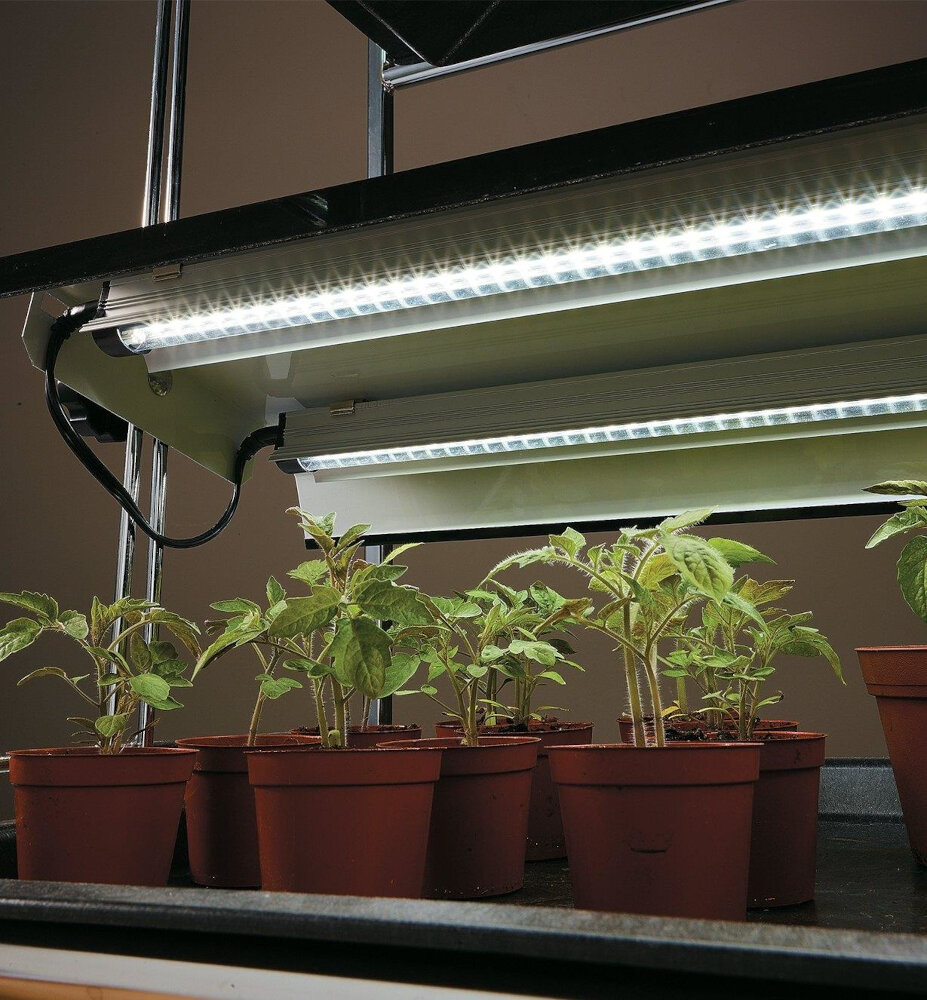
When it comes to LED light strips, installation and maintenance are crucial factors that need to be considered to ensure optimal performance and longevity. The installation process of LED light strips is relatively simple and can be done by anyone with basic DIY skills. It is important to first determine the desired location for the LED strip and ensure that the surface is clean and dry. The LED strip can then be cut to the desired length and attached to the surface using adhesive tape or mounting brackets. It is important to ensure that the connections are secure and that the power supply is compatible with the LED strip before turning it on. Maintenance of LED light strips is also important to ensure their longevity and optimal performance. One of the main maintenance tasks is to regularly clean the surface of the LED strip to prevent the accumulation of dust and debris. This can be done using a soft, dry cloth or a mild cleaning solution. It is also important to regularly check the connections and power supply to ensure that they are functioning properly. If any issues are identified, they should be addressed immediately to prevent further damage to the LED strip. With proper installation and maintenance, LED light strips can provide long-lasting and energy-efficient lighting solutions for any home.
When it comes to installing LED light strips, there are a few tips and tricks that can help ensure a smooth and successful process. First and foremost, it’s important to measure the area where you’ll be installing the strips to ensure that you purchase the correct length. Additionally, it’s a good idea to clean the surface where the strips will be installed to ensure that they adhere properly. Another tip is to use a heat gun or hair dryer to gently warm up the adhesive on the back of the strips before applying them, as this can help improve their stickiness. Finally, be sure to follow the manufacturer’s instructions carefully and take your time during the installation process to ensure that the strips are properly aligned and placed. By following these tips and tricks, you can enjoy the benefits of beautiful, energy-efficient lighting in your home.
Maintenance and cleaning are crucial aspects when it comes to LED light strips. To ensure the longevity and optimal performance of your LED light strips, regular cleaning is essential. The accumulation of dust and debris on the surface of the LED strip can cause it to overheat, leading to a shorter lifespan. Therefore, it is recommended to clean the LED light strips at least once a month using a soft, dry cloth. Additionally, proper maintenance involves checking the electrical connections and ensuring that the LED strips are not bent or twisted, which can cause damage to the circuitry. By regularly maintaining and cleaning your LED light strips, you can enjoy a well-lit and safe home environment.
LED light strips have become a popular home lighting choice due to their versatility and energy efficiency. When choosing LED light strips, it’s important to consider the color temperature, brightness level, and length needed for your space. Warm white light strips are ideal for creating a cozy and inviting atmosphere, while cool white light strips are better suited for task lighting in workspaces. Additionally, the brightness level of the LED light strips should be chosen based on the intended use and placement of the strips. Longer strips are ideal for larger spaces, while shorter strips can be used for accent lighting. With these considerations in mind, you can choose the best LED light strips for your home and enjoy the benefits of energy-efficient and customizable lighting.
In conclusion, LED light strips have become a popular lighting choice for homes due to their versatility and energy efficiency. When choosing the best LED light strips for your home, consider factors such as color temperature, brightness, length, and ease of installation. It is also important to choose a reputable brand and ensure that the light strips have a warranty. Lastly, consider the purpose and location of the light strips in your home to determine the best type for your needs. By following these recommendations, you can easily enhance the ambiance of your home with LED light strips.
Conclusion
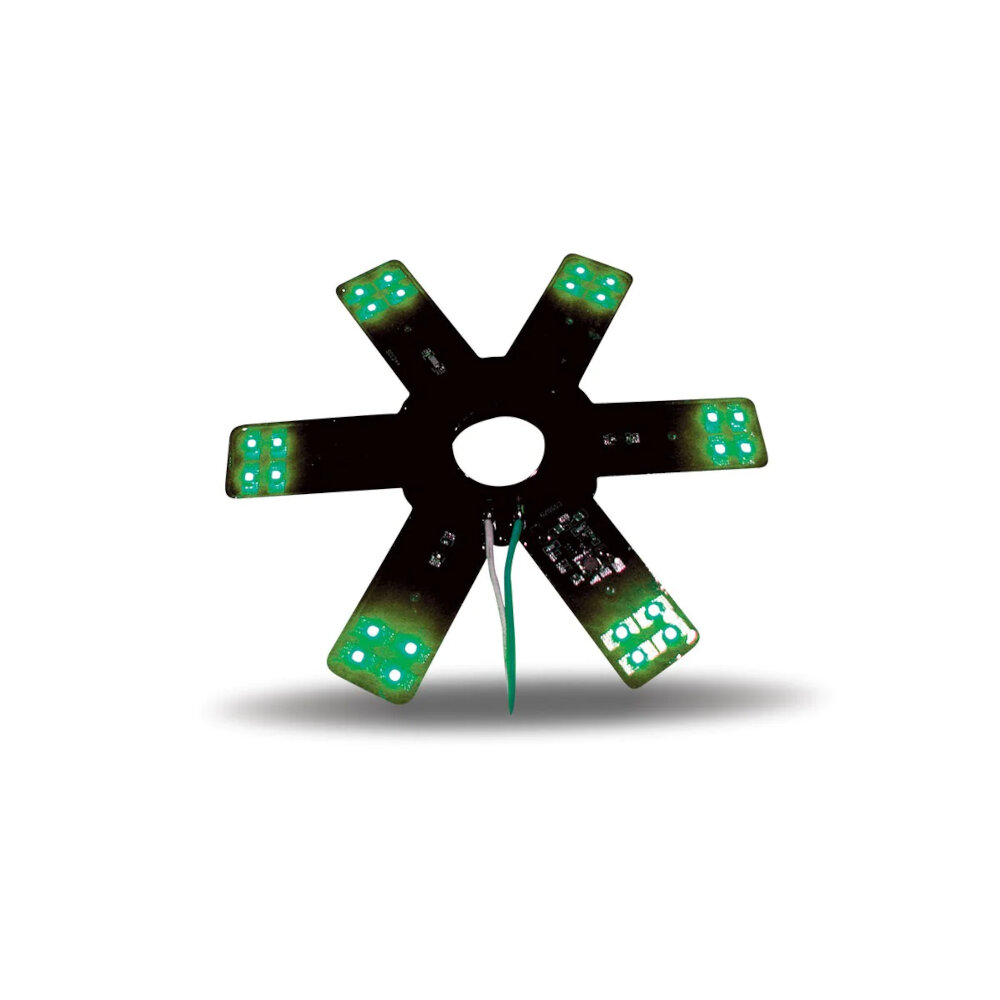
In conclusion, LED light strips are an excellent choice for anyone looking to add a touch of ambiance and style to their home. With their versatility, energy efficiency, and ease of installation, LED light strips are a perfect addition to any room. When choosing the best LED light strips for your home, it’s important to consider factors such as color temperature, brightness, and length. By taking the time to research and choose the best option for your needs, you can transform your home into a warm and inviting space that perfectly reflects your personal style. So why wait? Start exploring your LED light strip options today and get ready to enjoy all the benefits they have to offer!

